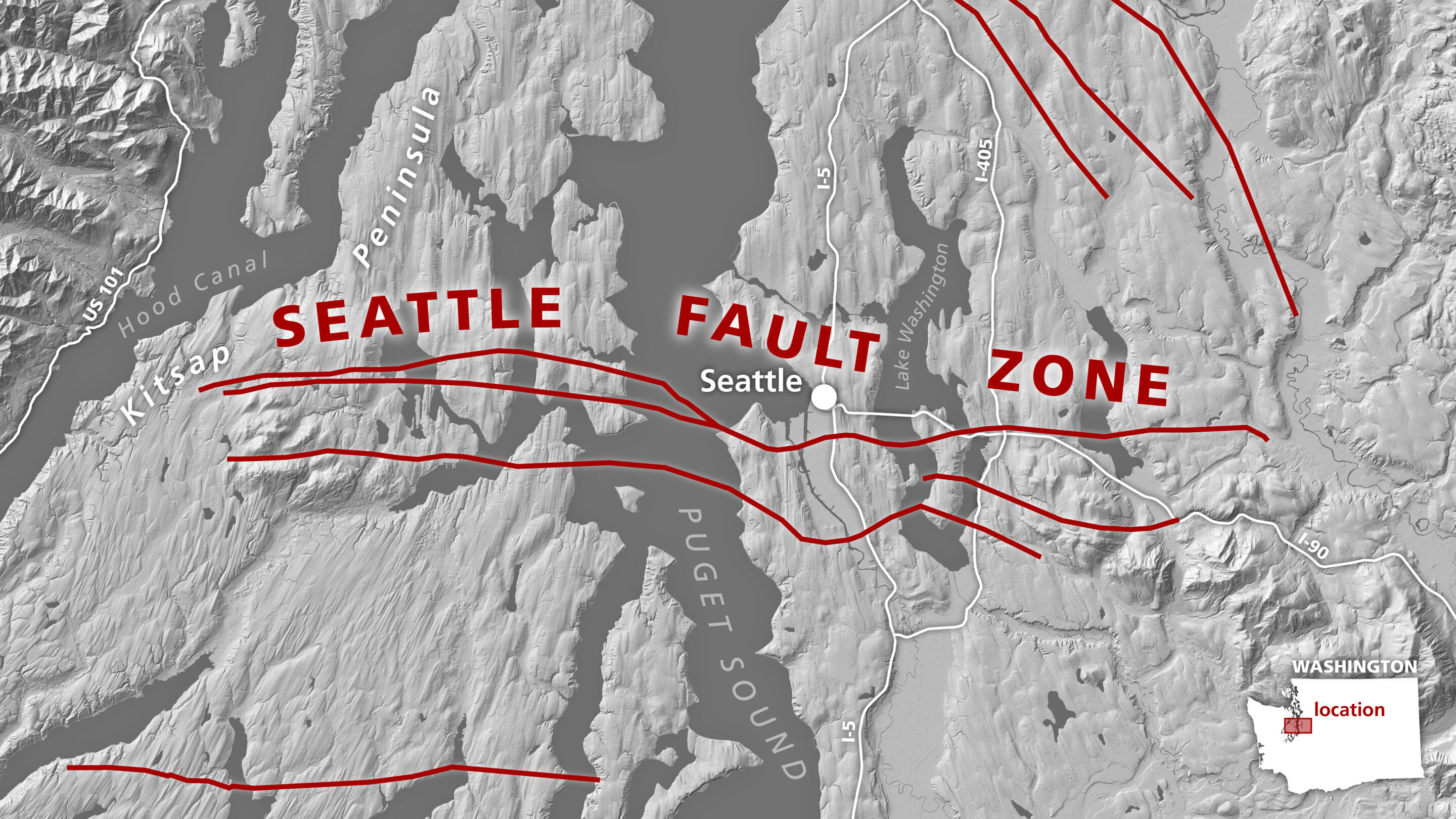The Puget Sound area is at risk of experiencing destructive earthquakes due to the Seattle fault zone, a series of shallow faults that run through the region and pose a threat to the more than four million residents who call it home.
Today, the Seattle fault remains active due to the continuous tectonic deformation exerted on the area from the west and south. However, the region looked vastly different during the Eocene period, with a coastline situated further east and a chain of volcanic islands visible offshore.
Research indicates that around 55 million years ago, the island chain was drawn towards the continent. Upon colliding with the North American plate, a portion of it was pushed over the crust, while the remainder was pulled beneath it. This process placed significant strain on the crust, creating a tear zone that ultimately set the stage for the modern Seattle fault.
Megan Anderson, a geophysicist with the Washington Geological Survey and the study’s lead author, expressed her surprise at the findings, stating, “It was a total surprise. It wasn’t something we were going for originally, but our results predict a major ancient fault where the Seattle fault is today.”
The Pacific Northwest is located just inland from the Cascadia subduction zone, where dense oceanic crust is subducted under the continent. The region experienced a massive earthquake in 1700, with smaller quakes occurring throughout the 1900s and most recently in the 2001 Nisqually earthquake.
2024-02-06 18:00:04
Link from phys.org




















